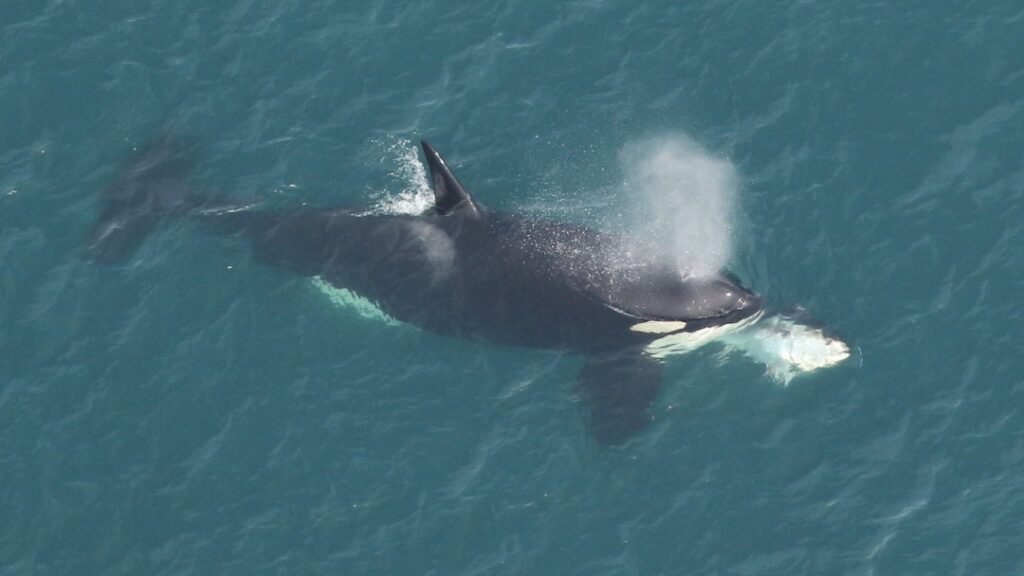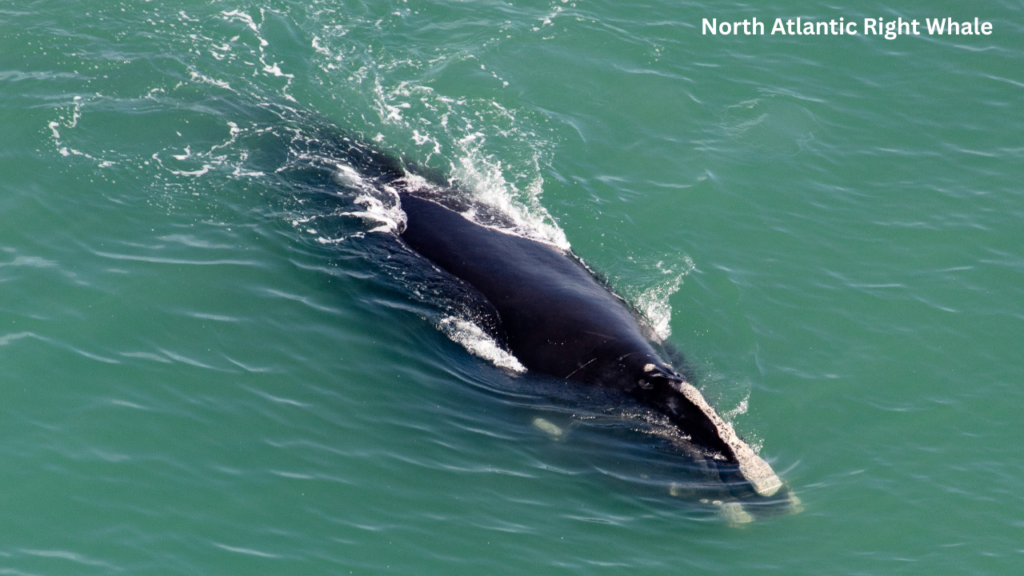A rare and surprising visitor made its presence known off the coast of Kitty Hawk, North Carolina, on March 13, 2025—a killer whale, or orca. This marks the first sighting of a killer whale in North Carolina in five years, making it not just a surprising discovery but also a wake-up call for marine conservation efforts. The sighting was the first since the Clearwater Marine Aquarium began monitoring marine life in the region in 2020.
Why This Discovery Matters More Than Ever
Meghan Bradley, lead researcher for the Clearwater Marine Aquarium’s aerial survey team, emphasized how little is known about killer whales in the Atlantic. “Their migration patterns remain a mystery due to the vast range they cover,” said Bradley. “This sighting is an important step forward in uncovering the secrets of their behavior and how they use different habitats.”
Killer whales, found in all oceans, are usually spotted in colder regions like Alaska and Antarctica. Their presence in warmer waters shows just how little we understand about their true habitat range, underscoring the need for more research and protection.
A Rare Moment of Timing and Serendipity

The orca was spotted during an aerial survey meant to track the critically endangered North Atlantic right whale. As the team flew at 1,000 feet, they captured rare images of the killer whale nudging the tuna to the surface. The team only had ten minutes to capture these precious images before thick fog rolled in and visibility disappeared.
Bradley admits it was an incredibly fortunate moment. “We were definitely in the right place at the right time,” she said. But moments like this are fleeting, reminding us how fragile these encounters can be—and how important it is to act now to protect marine life before these opportunities disappear altogether.
The Urgency to Protect North Atlantic Right Whales

While the killer whale sighting was exhilarating, it underscores a crucial issue: the North Atlantic right whale is critically endangered, with only about 370 individuals remaining. These whales face immediate threats from fishing gear entanglement and ship strikes. With only a few hundred left, every sighting is a reminder of just how close we are to losing these magnificent creatures forever.
The Clearwater Marine Aquarium team has been working tirelessly to track the right whale population. To date, they have documented 50 sightings, accounting for a significant portion of the entire population. Their work has been critical in tracking right whales and understanding their movements—but more needs to be done.
How You Can Make a Difference
As spring approaches, the Marine Mammal Stranding Network expects a rise in strandings of seals, whales, porpoises, and dolphins. These strandings are often due to the mix of cold-water species from the Labrador Current and warm-water species from the Gulf Stream. If you spot a stranded animal, contact the North Carolina Marine Mammal Stranding Network at 252-455-9654.
The Clearwater Marine Aquarium Research Institute continues to call for support in protecting endangered species, especially the North Atlantic right whale. These animals are on the brink of extinction, and time is running out. Visit mission.cmaquarium.org to learn more about their critical work and how you can help.







